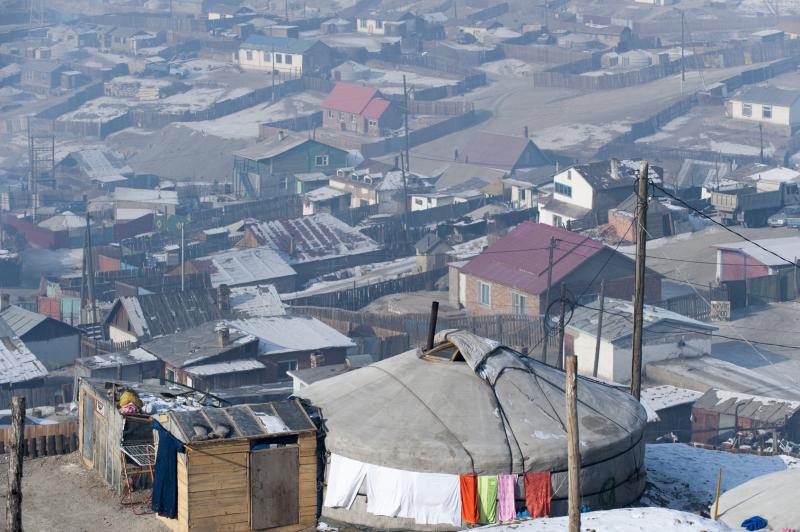
Ambient air pollution is associated with mortality in patients who underwent heart transplantation, claims a recent study.
Of the 21,800 heart transplant recipients (mean age at transplantation, 52.6±12.6 years) with 86,713 patient-years of follow-up, 75 percent were male, 69 percent were white, and 39 percent had ischaemic aetiology of heart failure. Mean annual exposure to fine particulate matter concentrations (particles with diameter <2.5 μm [PM2.5]; 1 × 1-km grids) was 10.6±2.3 μg/m3.
A total of 5,208 patients (23.9 percent) had died at a median follow-up of 4.8 years (95 percent confidence interval [CI], 2.0–7.8).
The estimated mortality hazard ratio per 10-μg/m3 increment increase in annual PM2.5 exposure was 1.43 (95 percent CI, 1.21–1.49), and this slightly dropped to 1.26 (95 percent CI, 1.11–1.43) after adjusting for 30 recipient, donor and neighbourhood variables. Such association persisted across subgroups.
“These results suggest an important influence of a key environmental factor in outcomes following heart transplantation and support the need for further studies in this population,” the authors said.
This study linked mortality data in heart transplant recipients in the United Network for Organ Sharing (UNOS) database, on the basis of the zip code of residence, to validated estimates of PM2.5 for each calendar year during which a UNOS cardiac transplant recipient was at risk for death. The association between exposure to air pollution and overall mortality was estimated using Cox proportional hazard models, adjusting for recipient, donor and neighbourhood variables.
“Heart transplant recipients are at high risk for mortality, with traditional risk scores performing modestly in predicting post-transplant survival, underscoring the importance of as yet unidentified factors in determining prognosis,” the authors noted.